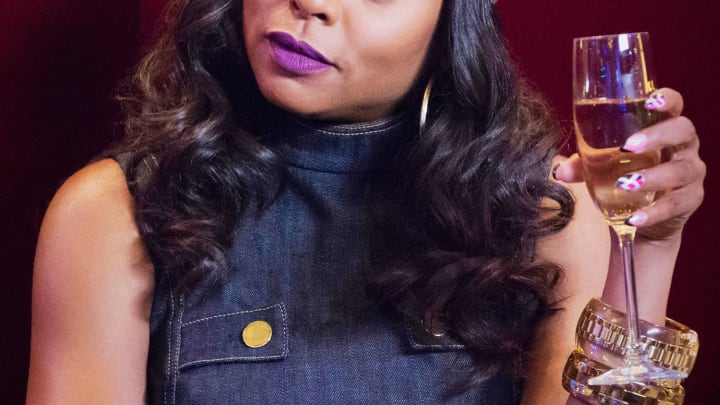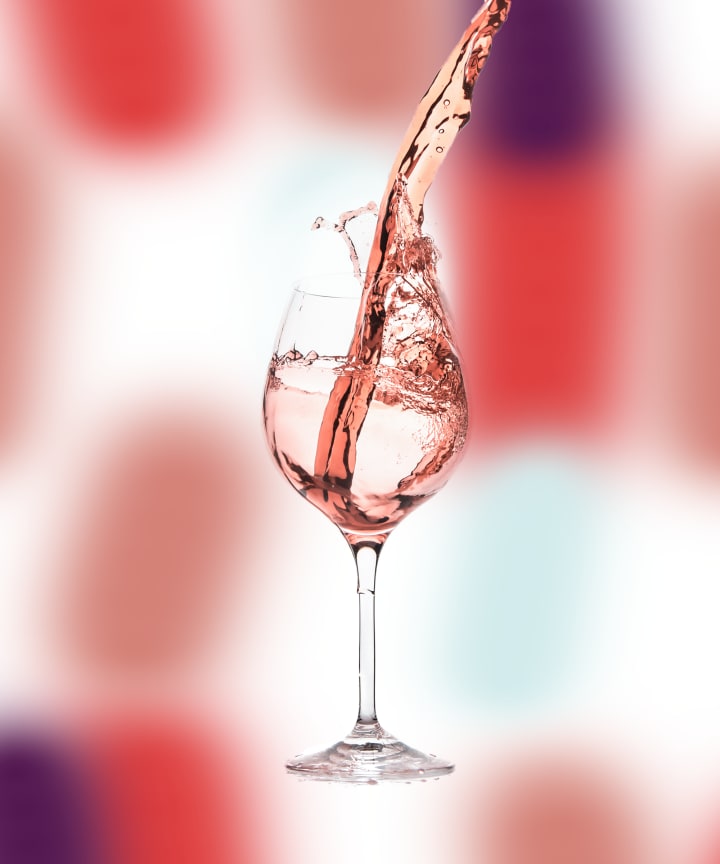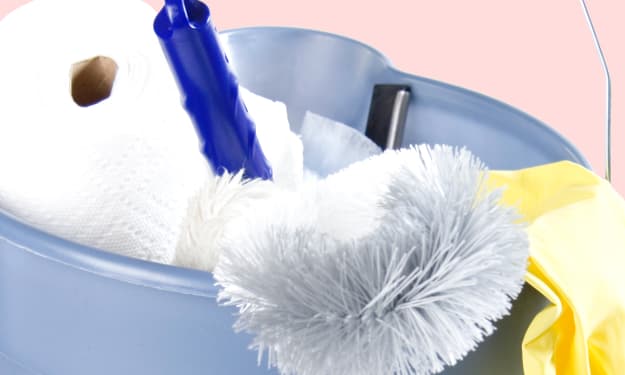How To Look Like a Sommelier While Tasting Wine
Dazzling at a wine tasting doesn't have to be hard, especially when you know how to look like a sommelier while sniffing and sipping.

There's something about attending a wine tasting that feels intimidating to many of us. The patrons at wine tastings tend to dress elegantly, have fancy names, and work jobs that have a certain level of prestige to them that often can make us feel a bit inferior. To a point, we often assume that they know things about wine that we don't.
Despite the pearly white smiles, the up-do's, the cocktail dresses, and the "my other car is a yacht" vibes that many wine tastings have, they really shouldn't be intimidating. After all, most of the attendees will know about as much about wine as you do.
Dazzling at a wine tasting really isn't that hard, especially when you know how to look like a sommelier. Here's how to make most people turn to you for advice when it comes to unleashing your inner wine sommelier side.
First, get schooled in wine colors, varietals, and the basic lingo.

There are three different colors wine usually will be categorized into: red, white, and rose. Here's what you need to know about wine colors, at the very least.
- Red wines are often known for very rich, savory flavors with strong earthy kicks. They are known for pairing well with red meats, and are always served at room temperature.
- White wines are known for being light, crisp, and refreshing - and at times, sweet. White wines are the lighter option, and as such, tend to pair well with fish, veggies, and fruits. White wine is served chilled.
- Rose wines are a mix of red wines with white wines, and as such, are simply blends of both flavor profiles. These tend to pair well with most foods, and are typically chilled.
Today, wines are also divided into Old World and New World categories. Old World wines are wines that are grown in Europe. New World wines come from the Americas, Africa, and everywhere else.
Wines can also be dry or sweet. Sweet wines are just as the name suggests - sweet to the taste. They tend to be dessert wines. Dry wines, on the other hand, tend to be earthy, subdued, or tart in taste.
Now that you have the basic gist of what wine terminology a sommelier would use, the next step in learning how to look like a sommelier is to learn a little bit about wine varietals. Varietals are actually the name of the species of grape that's used in the creation of wine.
Each wine color will have different wine varietals linked to it. Here's a quick glimpse into the biggest wine names in either color:
- Reds: Merlot, Cabernet Sauvignon, Syrah/Shiraz, Pinot Noir
- Whites: Chardonnay, Riesling, Moscato, Gerwurztraminer, Pinot Grigio
Traditionally, varietals were named after the region that the grapes were grown - however, this has changed now that New World wines exist. Merlot wine, for example, was traditionally made exclusively in the Merlot region of France. Nowadays, you can find merlot-focused growers almost anywhere.
The only varietal that doesn't allow labeling outside a certain region is champagne. Champagne is still exclusively produced in Champagne, France. All other forms of sparkling wine you'll see are supposed to be labeled as sparkling wine rather than champagne.
Once you know the general terms, it's time to actually sample the wine and know what to look for in the wine's colors.

Aside from giving you a clue to the wine's varietals, the wine's color can give you a very good idea of what the flavor will be like. Moreover, you can also often tell the age of a wine from looking at it. This is why you see people at wine tastings inspecting the color of the wine as a first step to tasting it.
How To Tell If Wine's Old Or Young
Older, aged wine tends to have a darker color at the center and bottom of the glass than on the outsides. This is because the sediment and aromas have "settled" to a point. Younger wine has a uniform color. That being said, old wine doesn't lack flavor or scent - it's just a different appearance, that's all.
Additionally, white wine tends to gain color with age. Red wine loses color and slowly turns brown as it ages. If you notice that the wine is cloudy, or bubbly when it shouldn't be, return it. This wine has gone bad and is now rotten.
How To Guess A Wine's Flavor By Sight
Good wine will be able to reflect light from the glass, and will be free of particles. Darker wines might be opaque, but they won't be cloudy.
If you want to see how high the alcohol percentage is, swirl the wine. You'll notice rivulets appearing as you swirl the glass. These are called "wine tears" or "legs," and are indicative of a higher wine percentage.
The actual color of the wine can also give you a bit of a clue when it comes to flavor. Fuller bodied wines tend to be on the darker end of the color spectrum, while light bodied wines tend to be lighter in hue, too.
Next, swirl and smell.

Physical actions are one of the most important aspects of learning how to look like a sommelier. Swirl your wine around your wine glass if you haven't done so already. This helps unlock the wine's aromas, and also helps make it easier for you to get a whiff of all the little scents that make up wine.
The cool thing about tasting wine is that everyone's senses are a little bit different - and this extends to our senses of smell, too. To really get a good profile, sniff the wine shortly after you've swirled it.
Close your eyes and try to place all the little smells you're getting. Do you smell blueberries? Cranberries? Grass? Flowers? Take note of it.
Now, give it a taste.

After smelling the wine, sip it slowly and let it hang out in your mouth for a bit. Then swallow. Think about the different flavors you tasted, and how the overall texture of the wine is. Did you taste light notes of strawberries? What about the overall flavor that you enjoyed?
The biggest part of wine tasting is actually experiencing the flavor and coming up with the right words to describe it all with. Would you say it was tart, tangy, or very sweet? It's up to you to make that decision, and figure out what the flavors wine has imparted on you are.
There's really no "right or wrong" in wine tasting.
You should never worry about trying to figure out who's right in wine tasting. One of the essential lessons in learning how to look like a sommelier is that every person experiences wine in a different way - and that's part of what makes it so fun.
About the Creator
Ossiana Tepfenhart
Ossiana Tepfenhart is a writer based out of New Jersey. This is her work account. She loves gifts and tips, so if you like something, tip her!






Comments
There are no comments for this story
Be the first to respond and start the conversation.